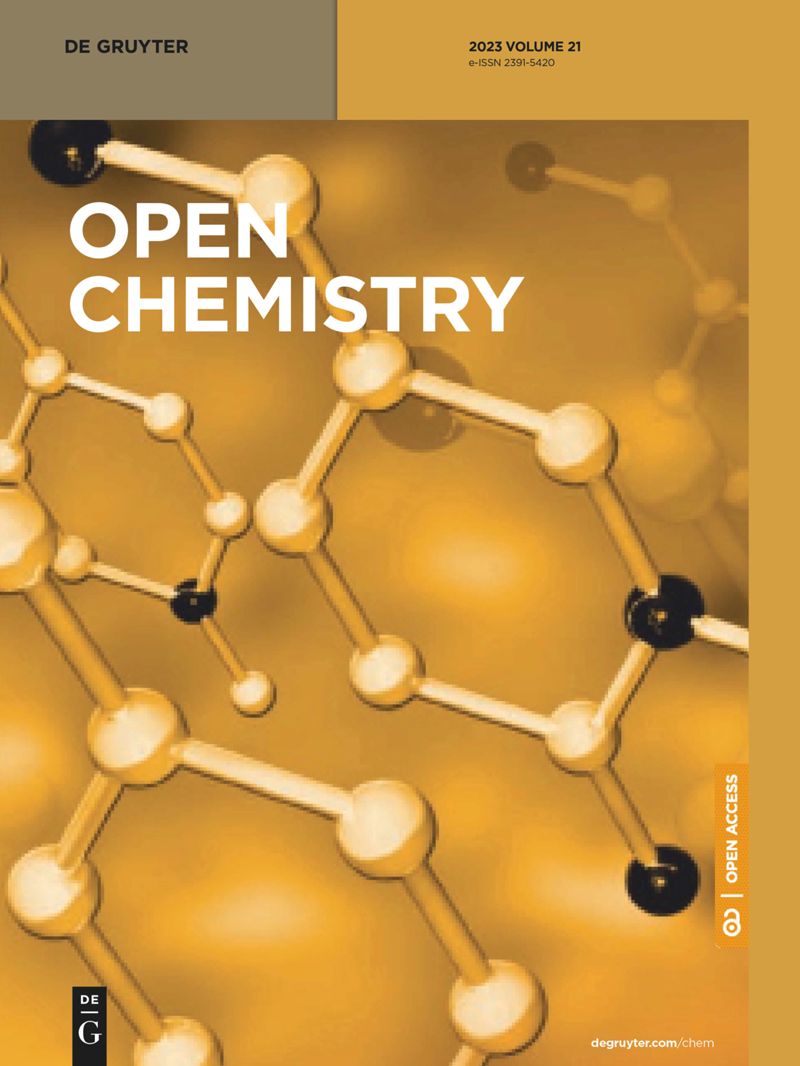LncRNA MIR17HG alleviates heart failure via targeting MIR17HG/miR-153-3p/SIRT1 axis in in vitro model
IF 1.9
4区 化学
Q3 CHEMISTRY, MULTIDISCIPLINARY
引用次数: 0
Abstract
Heart failure (HF) is a syndrome of symptoms and signs caused by cardiac insufficiency and have become a serious global health problem. The aim of this study is to clarify the role and mechanism failure of MIR17HG. We established the体外模型中,LncRNA MIR17HG通过靶向MIR17HG/miR-153-3p/SIRT1轴缓解心衰
心力衰竭(HF)是由心功能不全引起的症状和体征综合征,已成为一个严重的全球性健康问题。本研究旨在阐明 MIR17HG 的作用和失效机制。我们利用经 H2O2 处理的 AC-16 和 HCM 细胞建立了体外高频模型,并检测了活性氧(ROS)水平和钠尿肽前体 B(NPPB)的表达。反转录定量 PCR 检测了 MIR17HG、miR-153-3p、SIRT1 和 NPPB 的 RNA 表达,Western 印迹检测了 SIRT1 和 NPPB 的表达。通过双荧光素酶报告实验和 RNA 结合蛋白免疫沉淀实验评估了 MIR17HG、miR-153-3p 和 SIRT1 之间的结合关系。然后,通过慢病毒转染过表达MIR17HG和SIRT1,评估MIR17HG和SIRT1对p53介导的H2O2诱导细胞凋亡的影响。结果显示,在高频模型中,MIR17HG和SIRT1被显著下调,而miR-153-3p被显著上调。过表达MIR17HG可降低miR-153-3p并缓解HF,而敲除SIRT1可削弱MIR17HG的作用,这表明SIRT1是MIR17HG/miR-153-3p轴的直接靶标。MIR17HG在高频模型中明显下调。我们的研究表明,MIR17HG通过MIR17HG/miR-153-3p/SIRT1轴保护心肌细胞免受ROS诱导的损伤,这表明MIR17HG和SIRT1是HF的潜在治疗靶点。
本文章由计算机程序翻译,如有差异,请以英文原文为准。
求助全文
约1分钟内获得全文
求助全文
来源期刊

Open Chemistry
CHEMISTRY, MULTIDISCIPLINARY-
CiteScore
3.80
自引率
4.30%
发文量
90
审稿时长
6 weeks
期刊介绍:
Open Chemistry is a peer-reviewed, open access journal that publishes original research, reviews and short communications in the fields of chemistry in an ongoing way. The central goal is to provide a hub for researchers working across all subjects to present their discoveries, and to be a forum for the discussion of the important issues in the field. The journal is the premier source for cutting edge research in fundamental chemistry and it provides high quality peer review services for its authors across the world. Moreover, it allows for libraries everywhere to avoid subscribing to multiple local publications, and to receive instead all the necessary chemistry research from a single source available to the entire scientific community.
 求助内容:
求助内容: 应助结果提醒方式:
应助结果提醒方式:


